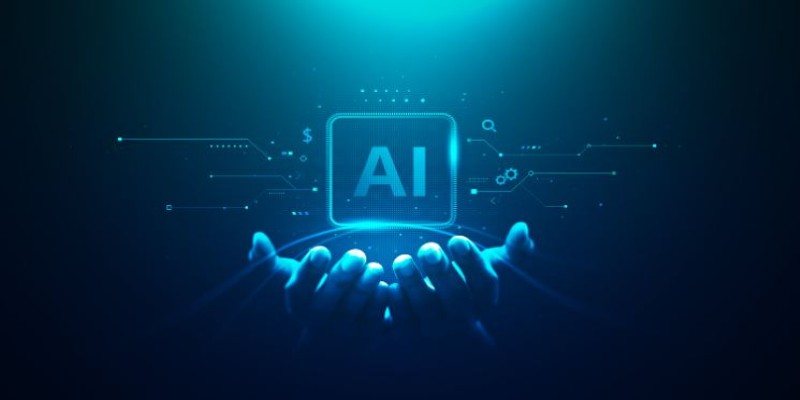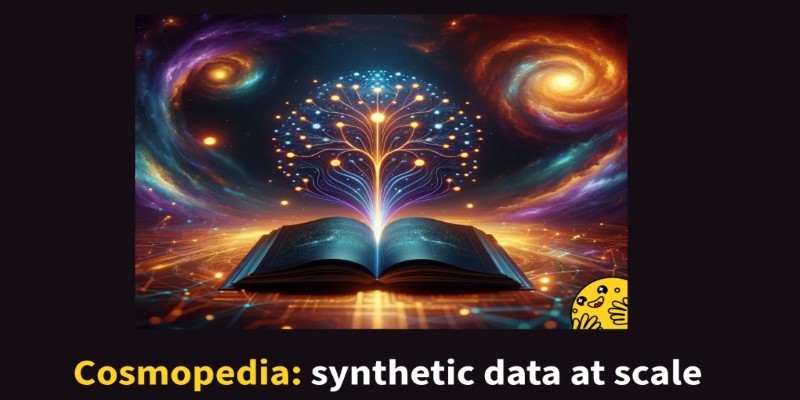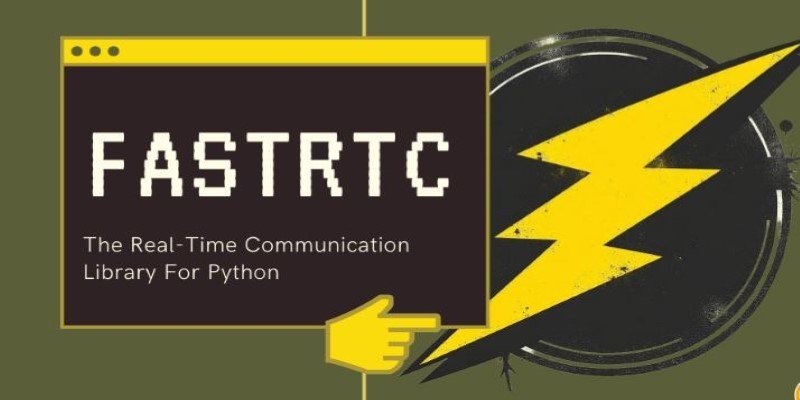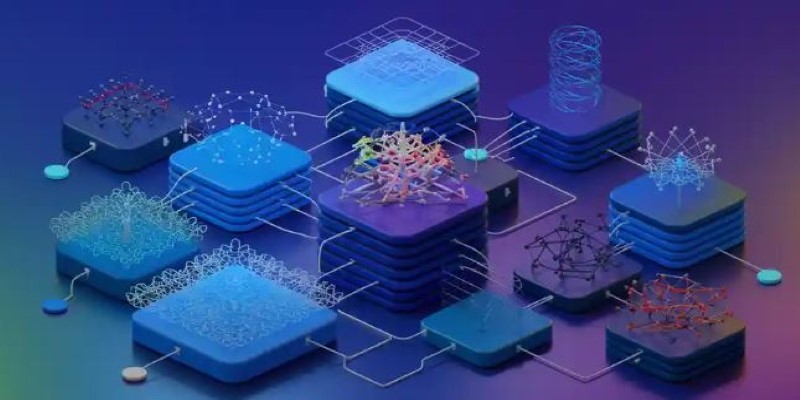Advertisement
AI models that turn text into images have made steady progress. They can now generate visuals that often match the structure and feel of a written prompt. But one issue still lingers: how well do these models understand the text they're given? The answers vary. Sometimes, they capture the gist but miss small but important details.
A new technique called RPG, or Reconstruction-Prompt-Guidance, is changing that. RPG focuses not on changing the model but on helping it better process and connect with the words it receives before image generation begins. It adds a new layer of clarity to how machines interpret language.
Current models depend on how well they convert a sentence into internal data. But language doesn't always work in straight lines. A sentence can hold implied meaning, context, or nuance that might get lost when reduced to vectors and tokens. RPG was introduced to address that problem directly by checking how accurately the model grasps the input before it creates an image.
This technique introduces a loop where the model first tries to "reconstruct" the input text after it has been encoded. Think of it as reading a sentence, summarizing it mentally, and then trying to say it again. The model knows something is off if what comes out doesn't match the original. RPG uses this mismatch to adjust how the model views the input, refining it until the reconstructed version matches the original sentence.
This isn't the same as simply emphasizing keywords or changing weights. Instead, it's about making the model reflect on its understanding and then self-correct. Improving internal representations sharpens how text is translated into the visual space. This step ensures that what ends up in the image more closely reflects the structure and content of the original prompt.
RPG doesn't try to replace large models like Stable Diffusion or Imagen. Instead, it supports them by stepping into the early part of the process. After the prompt is entered, RPG analyzes how that text is encoded. It then checks the quality of that encoding by trying to recreate the same sentence. If it can't be rebuilt accurately, that's a signal that the comprehension wasn't clear.

What follows is a guidance phase. RPG tweaks how the model handles certain words or ideas, ensuring that when image generation begins, the key parts of the prompt are given proper attention. For example, if the input says, "A small boat on a calm lake at sunset," and the model tends to miss the "sunset" element, RPG catches that mismatch during reconstruction and adjusts the system's focus.
This process is designed to improve individual words and their relationships in context. A model may know what a "boat" and "lake" are, but RPG helps it understand what they mean when placed together with "sunset." This builds stronger semantic links between text and visual content.
RPG guides the model to a more balanced understanding of the full prompt. It's not a training overhaul, nor does it require starting from scratch. That makes it easier to apply and test across different image-generation systems.
Better text-to-image comprehension has benefits across several areas. In creative work, precision matters. A concept artist giving a prompt like “a quiet alley lit by neon signs” wants all elements—quiet, neon, alley—to show up. With RPG helping the model refine its understanding, the final image is more likely to reflect the full idea, not just parts of it.
In education, tools that convert lessons into images rely on accuracy. Whether it’s a biology diagram or a history scene, RPG ensures key parts of the content appear as intended. The technique builds trust in AI as a partner in learning by making visual aids more reliable.
The stakes are higher for accessibility, especially for users who rely on descriptions to create visuals. The final image may be misleading or useless if a model misses important context or detail. RPG improves this connection between words and visuals, which is vital for users who depend on accurate outputs.
Design, advertising, and storytelling are other fields where small details matter. A misread prompt can change an image's mood or message. RPG reduces those risks by helping models interpret the tone and structure more clearly, improving output consistency.
Another valuable area is safety. When AI misinterprets prompts, it can sometimes generate unsuitable results. By checking comprehension before the image is built, RPG lowers the chance of errors that come from misunderstanding intent.
As more image generators are built on latent diffusion models, methods like RPG become more relevant. These systems use complex internal patterns that aren’t easy to monitor. RPG offers a window into those processes by checking what the model thinks it’s doing before any image is created.

This improves current models and points toward future systems that can handle more flexible prompts. As AI tools expand into daily life—chatbots, assistants, and beyond—stronger ties between language and visuals will matter more.
Developers can apply RPG without rebuilding entire models. This is useful, especially when quick testing and feedback are needed. RPG improves results without major computing demands or retraining.
Most of all, it brings AI closer to how people process ideas. We don’t just read—we pause and rethink to confirm we understand. RPG gives AI a version of that habit. It leads to clearer results and more reliable interaction.
RPG introduces a smarter way for AI to connect text with images by checking understanding before generation. This extra step improves how prompts are interpreted, leading to clearer, more accurate visuals. It’s a lightweight method that fits into existing systems without heavy changes. By helping models focus better on meaning, RPG raises the quality of image outputs and brings us closer to more dependable AI-generated content.
Advertisement

How to print without newline in Python using nine practical methods. This guide shows how to keep output on the same line with simple, clear code examples

Use ChatGPT from the Ubuntu terminal with ShellGPT for seamless AI interaction in your command-line workflow. Learn how to install, configure, and use it effectively

RPG is a new approach that boosts text-to-image comprehension by guiding AI models to understand prompts more accurately before generating visuals. Learn how it enhances output quality across creative and practical domains

How to encourage ChatGPT safety for kids with 5 practical strategies that support learning, creativity, and digital responsibility at home and in classrooms

Discover how Cosmopedia is changing AI training by producing structured, large-scale synthetic content. Learn how synthetic data helps build efficient, adaptable language models

Vendors must adapt to the AI assistant craze by offering real value, ensuring privacy, and focusing on intuitive solutions

Explore 8 clear reasons why content writers can't rely on AI chatbots for original, accurate, and engaging work. Learn where AI writing tools fall short and why the human touch still matters

Explore FastRTC Python, a lightweight yet powerful library that simplifies real-time communication with Python for audio, video, and data transmission in peer-to-peer apps

Learn how to use ChatGPT with Siri on your iPhone. A simple guide to integrating ChatGPT access via Siri Shortcuts and voice commands

Learn the different types of attention mechanisms used in AI models like transformers. Understand how self-attention and other methods help machines process language more efficiently

Explore how Amazon Nova Premier is revolutionizing AI models and agents with its intelligent, cloud-based innovations.

JPMorgan Chase cautiously explores generative AI, citing financial services security, ethics, compliance challenges, and more